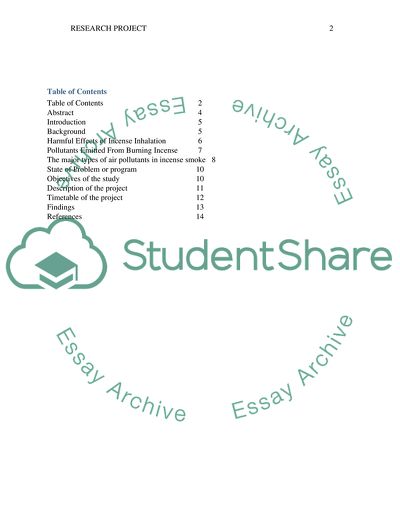Cite this document
(Hazard Assessment of Arabian Incense and Cigarette Smoke Research Paper, n.d.)
Hazard Assessment of Arabian Incense and Cigarette Smoke Research Paper. https://studentshare.org/chemistry/1846880-hazard-assesment-of-incense-smoke-and-cigarette-smoke
Hazard Assessment of Arabian Incense and Cigarette Smoke Research Paper. https://studentshare.org/chemistry/1846880-hazard-assesment-of-incense-smoke-and-cigarette-smoke
(Hazard Assessment of Arabian Incense and Cigarette Smoke Research Paper)
Hazard Assessment of Arabian Incense and Cigarette Smoke Research Paper. https://studentshare.org/chemistry/1846880-hazard-assesment-of-incense-smoke-and-cigarette-smoke.
Hazard Assessment of Arabian Incense and Cigarette Smoke Research Paper. https://studentshare.org/chemistry/1846880-hazard-assesment-of-incense-smoke-and-cigarette-smoke.
“Hazard Assessment of Arabian Incense and Cigarette Smoke Research Paper”. https://studentshare.org/chemistry/1846880-hazard-assesment-of-incense-smoke-and-cigarette-smoke.


